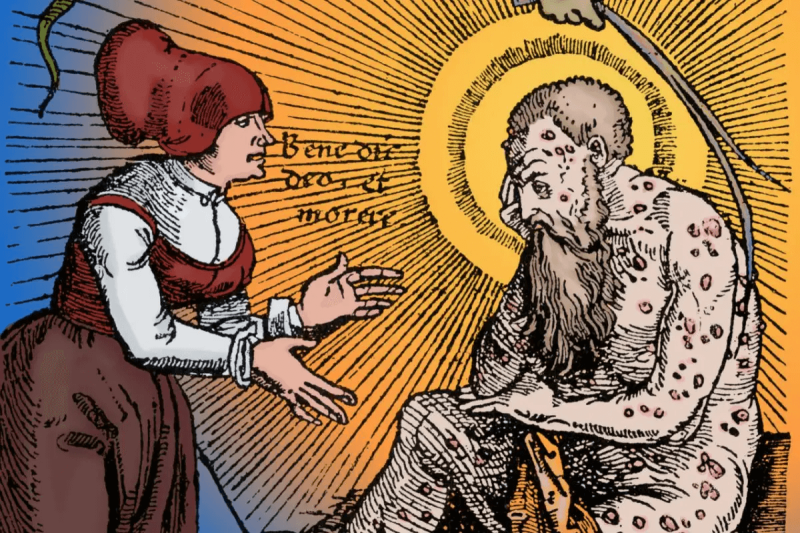Researchers believe they have discovered the origins of the Black Death, more than 600 years after it killed tens of millions in Europe, Asia and north Africa.
The mid-14th Century health catastrophe is one of the most significant disease episodes in human history.
But despite years of research, scientists had been unable to pinpoint where the bubonic plague began.
Now analysis suggests it was in Kyrgyzstan, central Asia, in the 1330s.
A research team from the University of Stirling in Scotland and Germany’s Max Planck Institute and University of Tubingen analysed ancient DNA samples from the teeth of skeletons in cemeteries near Lake Issyk Kul, in Kyrgyzstan.
Dr Maria Spyrou, a researcher at the University of Tubingen, said the team sequenced DNA from seven skeletons.
They analysed the teeth because, according to Dr Spyrou, they contain many blood vessels and give researchers “high chances of detecting blood-borne pathogens that may have caused the deaths of the individuals”.
The research team were able to find the plague bacterium, Yersinia pestis, in three of them.
Dr Philip Slavin, a historian at the University of Stirling, said of the discovery: “Our study puts to rest one of the biggest and most fascinating questions in history and determines when and where the single most notorious and infamous killer of humans began.”































